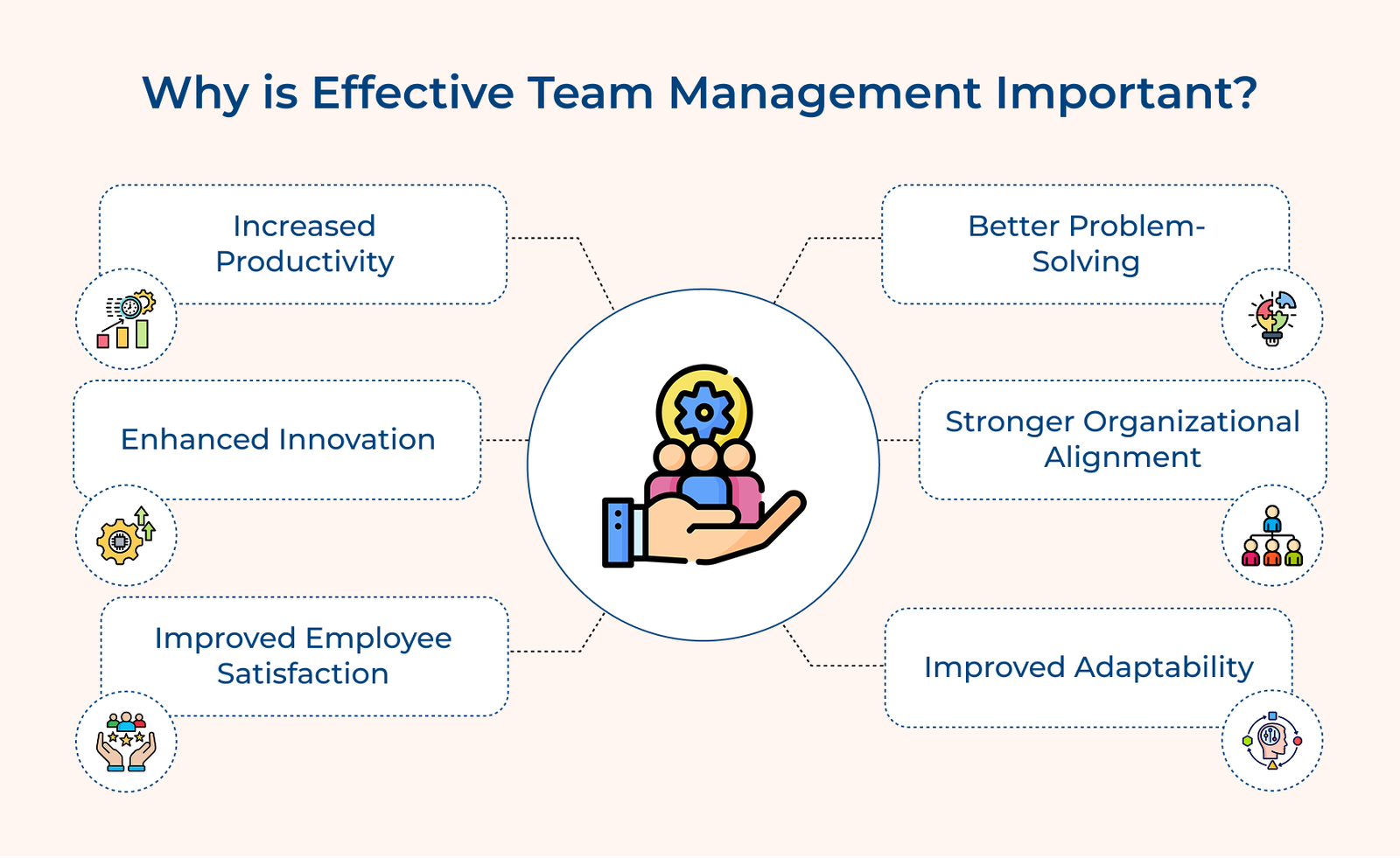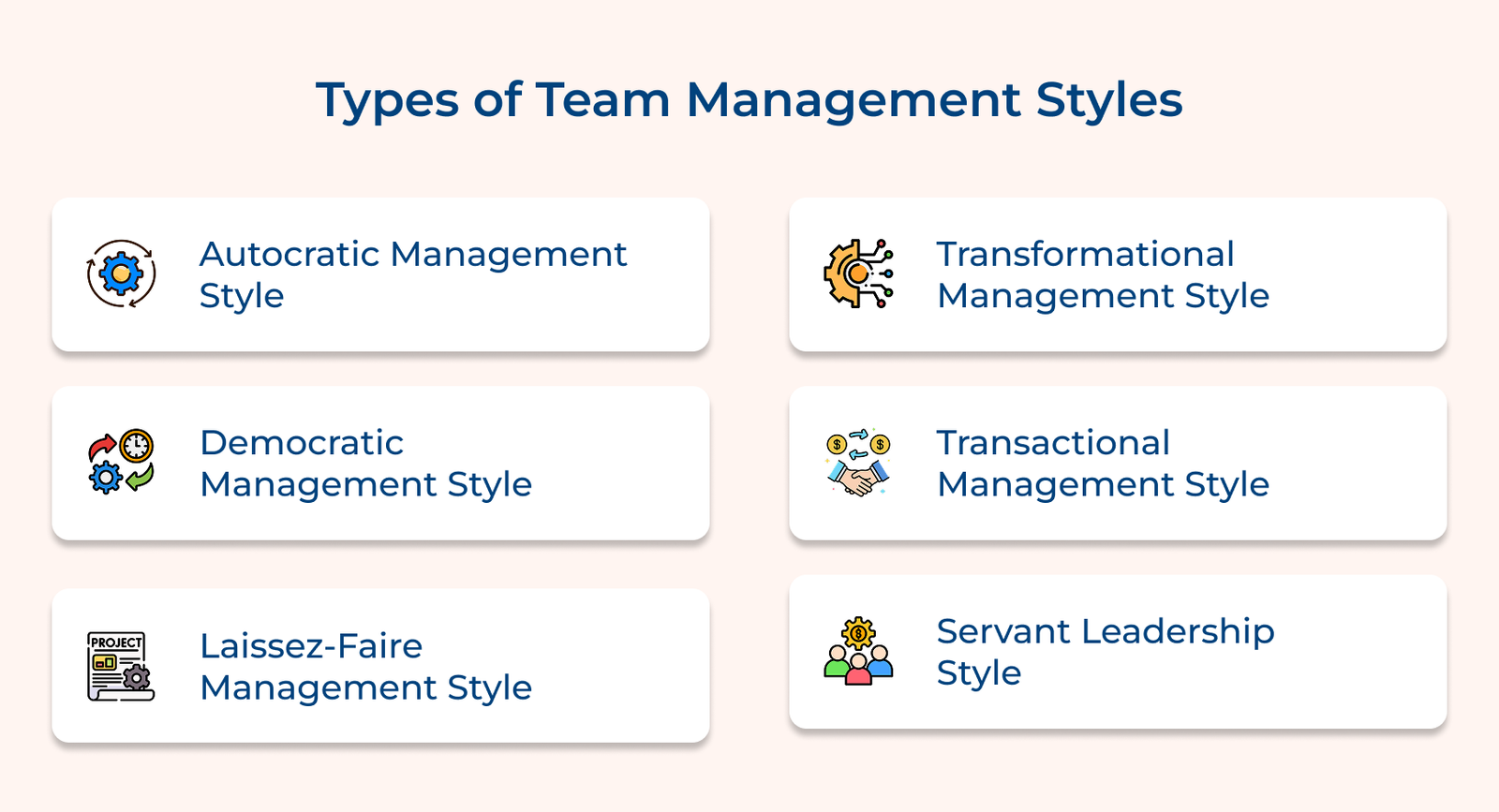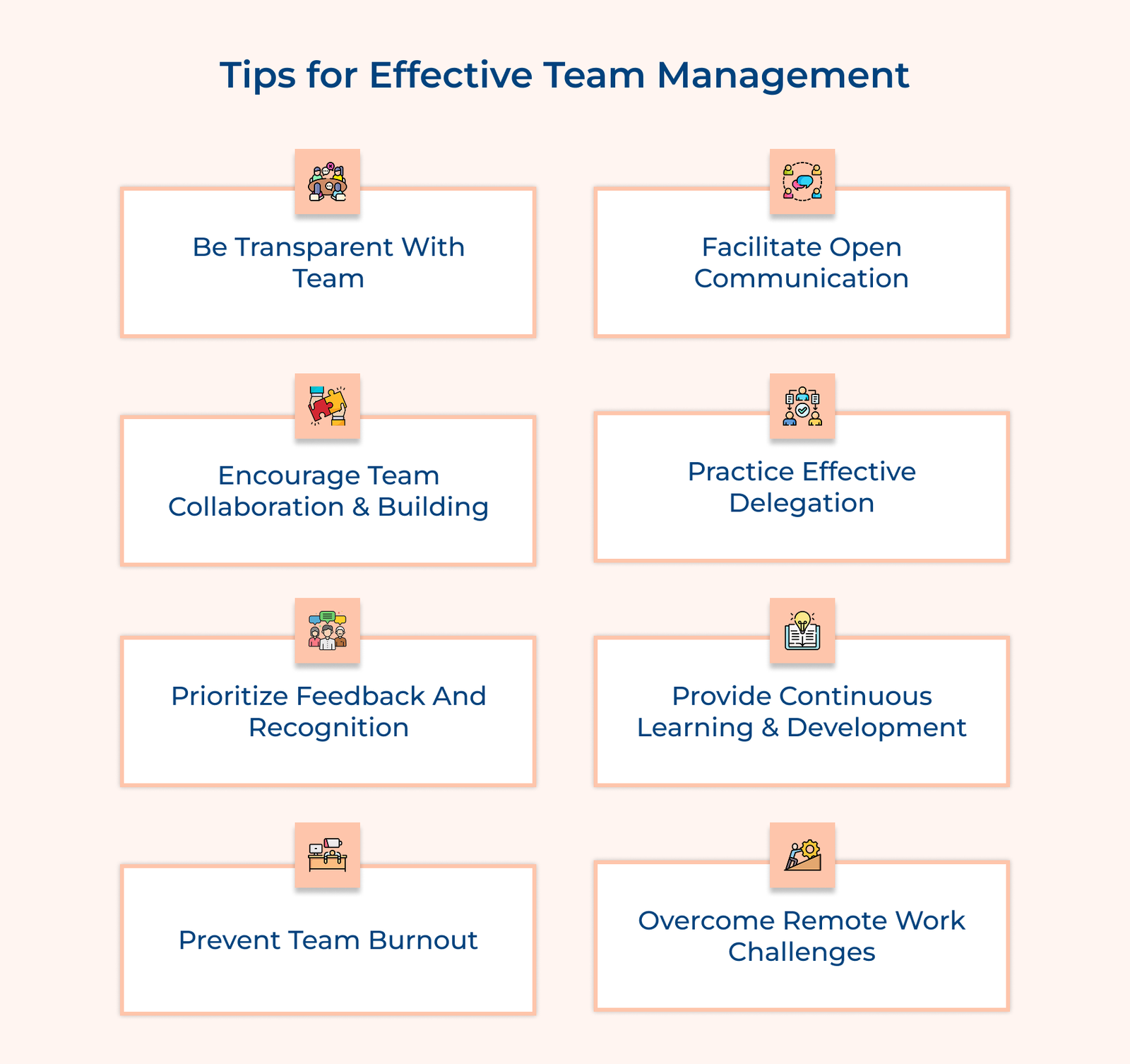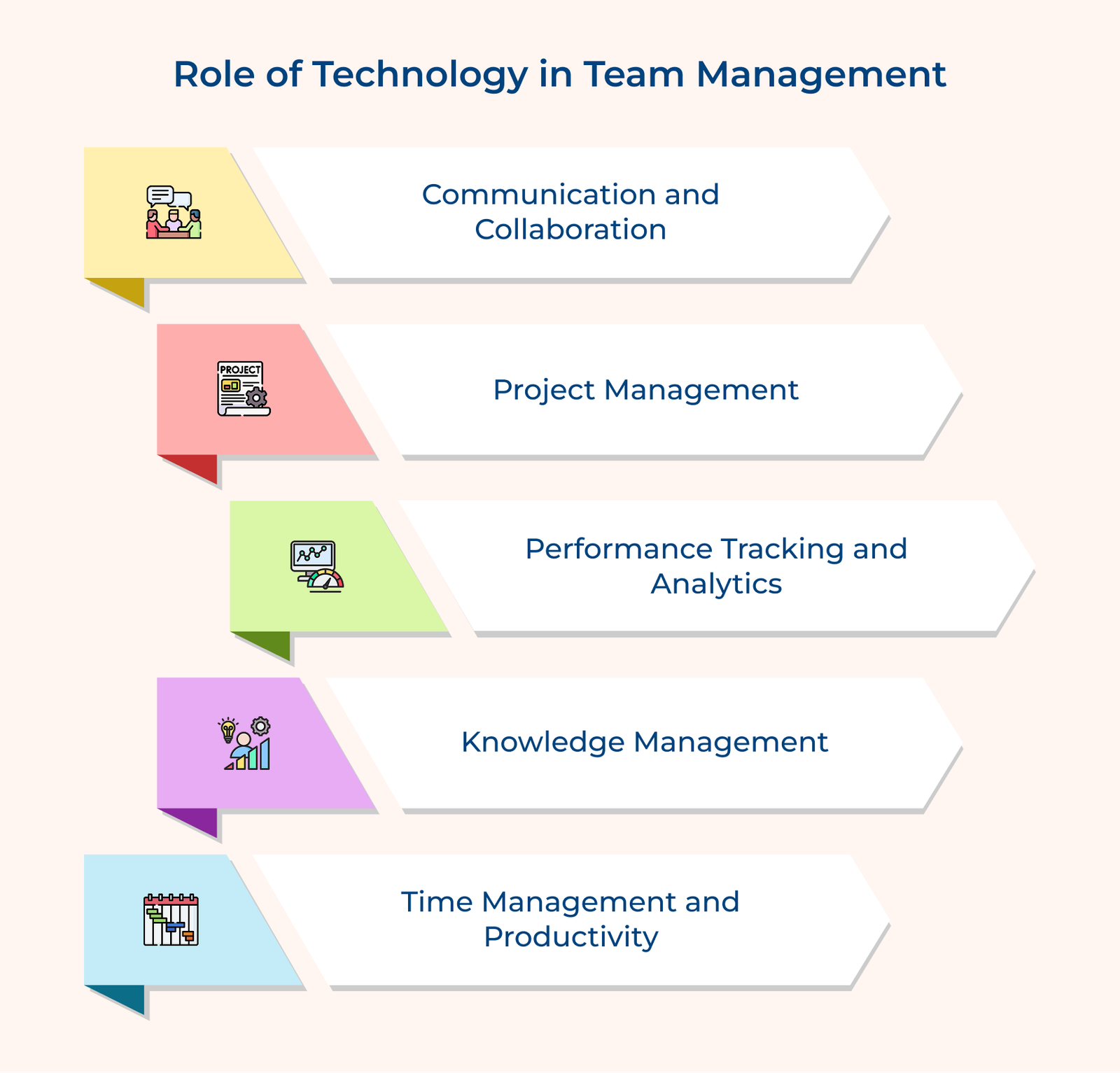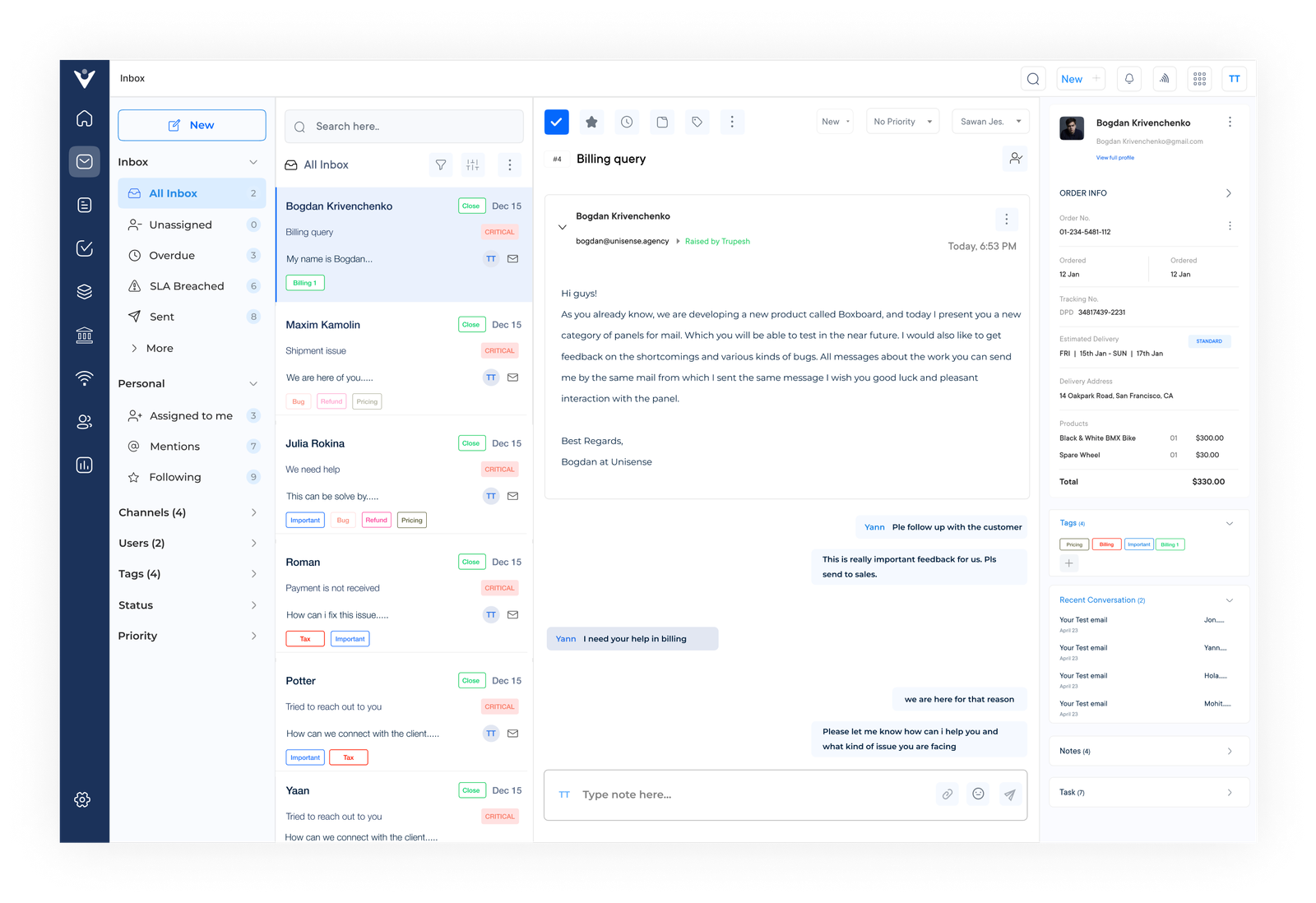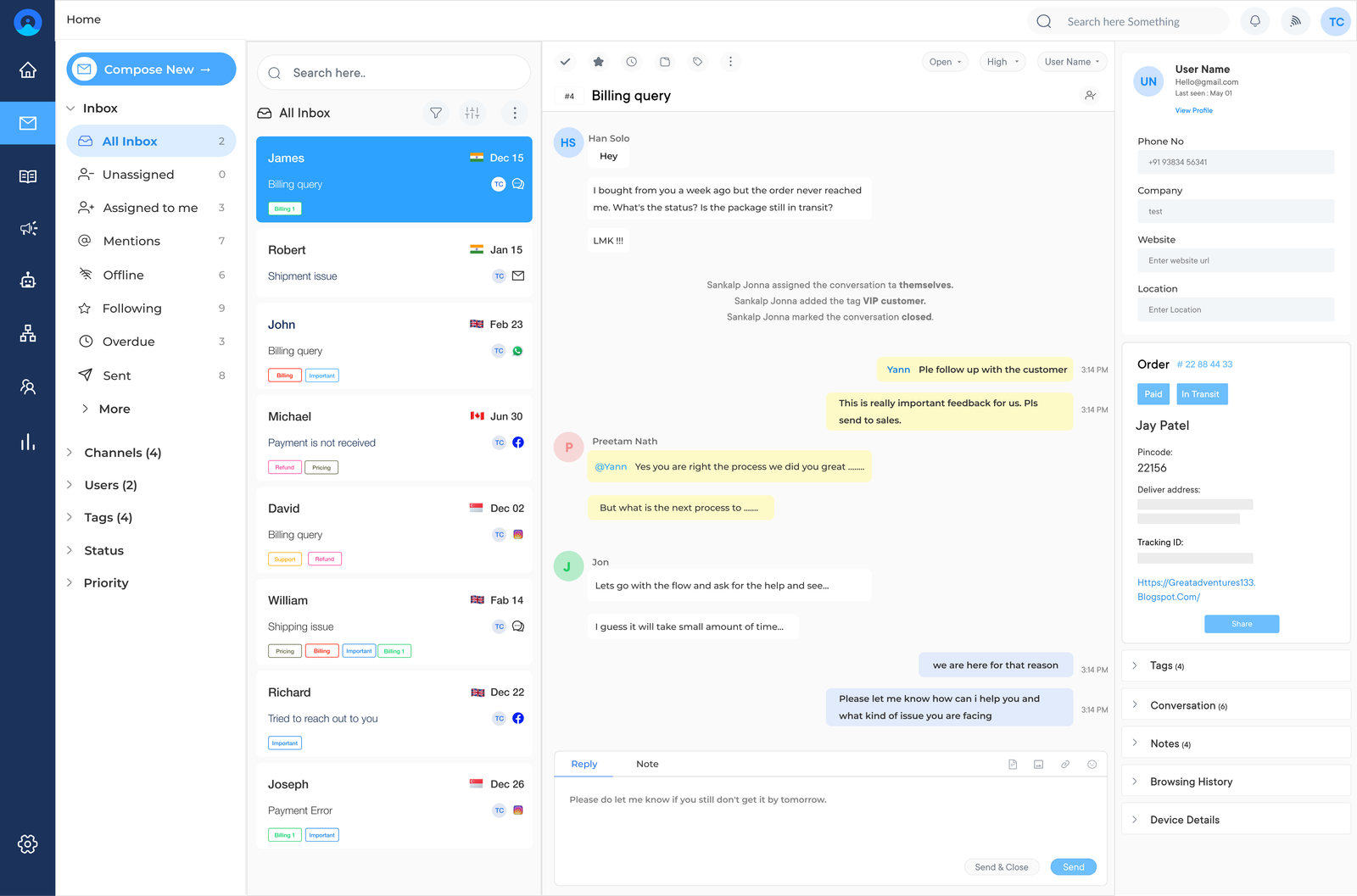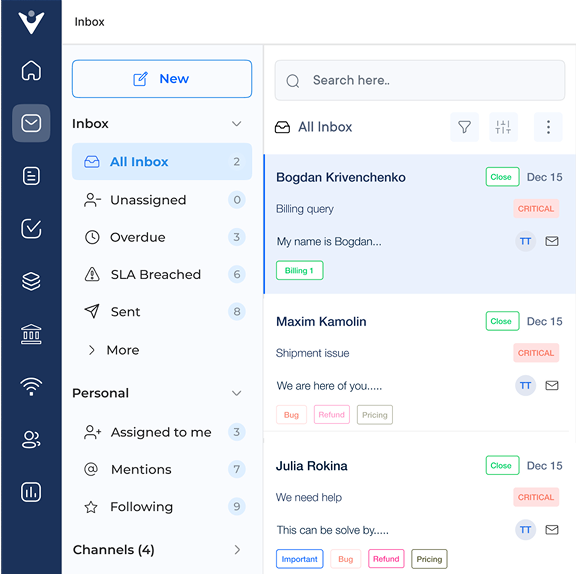1. Be Transparent with Team
Transparency enhances trust and a sense of belonging within the team. When leaders openly share goals, challenges and decision-making processes, they cultivate an environment of honesty, encouraging team members to invest in their work. High levels of workplace transparency correlate with a 30% increase in engagement.
Managers can enhance transparency by regularly sharing company updates, financial insights and strategic plans through team meetings, emails or collaborative platforms. Involving team members in discussions about challenges and opportunities not only taps into diverse perspectives but also creates a more engaged workforce.
Actionable tips:
- Host monthly “town hall” meetings to share company updates and engage with team members through Q&A sessions.
- Set up a shared document or dashboard for team members to track real-time project progress and company metrics.
2. Facilitate Open Communication
Open communication is essential for a thriving team dynamic. It allows ideas to flow freely, problems to be addressed swiftly and misunderstandings to be minimized. When team members feel safe to share their thoughts, it enhances problem-solving, sparks creativity and fosters a positive work environment.
Open and effective communication is the backbone of a thriving team. Incorporating both formal and informal channels helps the teams to develop meaningful connections. Encouraging active listening along with respectful dialogue ensures every voice is heard, unlocking creativity and driving innovative solutions that propel success.
Actionable tips:
- Adopt a “no-blame” policy to empower team members to openly discuss mistakes or concerns without fear of repercussions.
- Create a digital suggestion box for team members to anonymously share their ideas and feedback.
3. Encourage Team Collaboration and Building
Collaboration drives innovation and enhances problem-solving. When team members unite, they harness diverse skills and perspectives for superior results. Team-building activities strengthen relationships and communication, creating a cohesive unit that can tackle challenges more effectively.
Leaders can promote collaboration by designing projects that require cross-functional teamwork and organizing team-building exercises like offsite retreats or peer mentoring. Leaders boost productivity and job satisfaction by enhancing the collaborative environment.
Best practices:
- Host monthly team-building events that alternate between work-related challenges and fun social activities.
- Form cross-functional project teams to address complex challenges and promote knowledge sharing.
4. Practice Effective Delegation
Effective delegation is key to boosting team productivity and nurturing individual skills. It enables leaders to concentrate on strategic tasks while empowering team members to own their work, enhancing trust and enhancing job satisfaction. Effective delegation can boost productivity by up to 25%.
The tasks can matched to team members’ strengths, the expectations should be communicated to them and they should get the resources they need for success, all while avoiding micromanagement. It helps the leaders to cultivate a confident, capable team ready to tackle complex challenges by delegating wisely.
Actionable tips:
- Develop a skills matrix for your team to pinpoint strengths and identify growth areas, making task delegation more effective.
- Utilize the SMART framework—Specific, Measurable, Achievable, Relevant and Time-bound when assigning tasks to ensure clarity.
5. Prioritize Feedback and Recognition
Regular feedback and recognition are vital for sustaining high performance. Constructive feedback enhances skills and aligns efforts with goals while recognizing achievements—big or small boosts morale.
There should be a structured feedback system with regular one-on-one meetings and performance reviews. Recognition can take various forms, such as public acknowledgments, rewards programs or simple thank-you notes. Leaders cultivate a positive work environment where team members feel valued by prioritizing feedback and recognition.
Actionable tips:
- Implement a “360-degree feedback” system that gathers insights from peers, subordinates and supervisors to provide team members with well-rounded input.
- Establish a “Wall of Fame” or digital recognition board to highlight and celebrate team and individual achievements.
6. Provide Continuous Learning and Development
Continuous learning is vital for keeping team members engaged, enhancing their skills and maintaining competitiveness. It shows the organization’s commitment to employee growth, boosting retention and attracting top talent. A skilled team is more capable of tackling challenges and driving innovation.
The management should cultivate a learning culture by offering training programs, workshops and resources, such as in-house sessions, online courses or industry conference attendance. Leaders can create a dynamic, adaptable team by encouraging personal development goals and supporting skill acquisition.
Pro tips:
- Set a dedicated budget for each team member’s annual professional development activities.
- Launch a “lunch and learn” program for team members to share their expertise from recent training sessions.
7. Prevent Team Burn-Out
Preventing burnout is vital for sustaining long-term productivity and team well-being. It leads to decreased job satisfaction, higher turnover and compromised work quality. Leaders can keep their teams engaged by proactively managing workloads and stress levels.
Strategies such as monitoring workloads should be implemented as it helps to encourage work-life balance and support self-care to promote well-being. It might include flexible hours, mental health days or stress-relief activities. Leaders can build a resilient team capable of maintaining high performance without the risk of burnout by enhancing a culture that prioritizes well-being alongside productivity.
Pro tips:
- Introduce a “No-Email Friday Afternoon” policy to give team members uninterrupted time to wrap up tasks without new distractions.
- Create a cozy “Recharge Room” in the office to encourage team members to take regular breaks and refresh their minds.
8. Overcome Remote Work Challenges
As remote work rises, tackling its unique challenges is vital for team cohesion and productivity. Isolation, communication hurdles or blurred work-life boundaries can hinder engagement between remote and in-office members.
Leaders can enhance remote teamwork by using tools designed for collaboration, such as video conferencing for face-to-face interactions, project management software for progress tracking and instant messaging for quick communication. Regular virtual team-building activities and check-ins can also boost team spirit, ensuring remote workers feel integrated into the team culture.
Actionable tips:
- Host weekly virtual coffee breaks for team members to unwind and connect casually.
- Offer remote workers a stipend to create ergonomic home office setups.
9. Promote Diversity and Inclusion
Enhancing diversity and inclusion is vital for building a fair, innovative and high-performing team. Diverse groups offer a wealth of perspectives, enhancing creativity and decision-making. An inclusive environment empowers every team member to contribute their best work.
Managers can promote diversity through intentional hiring or promotion practices, such as unconscious bias training, mentorship for underrepresented groups and employee resource groups. Leaders can unlock the full potential of their diverse workforce by nurturing an inclusive culture, creating a dynamic and adaptable team.
Best Practices:
- Regularly conduct diversity and inclusion surveys to pinpoint improvement areas.
- Launch a “reverse mentoring” program that pairs junior team members from diverse backgrounds with senior leaders for mutual learning and insight.
What Role Does Technology Play in Effective Team Management
Let us go through the five key areas where technology plays a crucial role in effective team management:






